Understanding Walk In Freezers
What is a Walk In Freezer?
A walk-in freezer is a large refrigerated storage space designed for commercial use, particularly in food service industries. Unlike standard residential freezers, which are typically small and capable of storing a limited amount of food, walk-in freezers provide ample space for bulk storage, allowing businesses to stock up on perishable goods without compromising on quality. Generally, they are constructed using insulated panels to maintain optimal freezing temperatures, making them energy-efficient and reliable. This capability is crucial for restaurants, hospitals, grocery stores, and other enterprises where food safety and preservation are paramount.
Common Uses in the Industry
Walk-in freezers are employed across various industries, including:
- Restaurants and Catering Services: Ensuring that ample frozen stock is available for meal preparation and service.
- Food Distribution Centers: Handling large quantities of products that require freezing, such as meats, vegetables, and prepared foods.
- Grocery Stores: Keeping frozen foods readily accessible for customers while minimizing spoilage.
- Pharmaceutical Companies: Storing temperature-sensitive vaccines or medicines.
Key Components of a Walk In Freezer
Understanding the fundamental components of a walk-in freezer is essential for effective maintenance and repair. These include:
- Thermostat: Controls the internal temperature of the freezer.
- Evaporator Coils: Absorb heat from the freezer’s interior, facilitating the refrigeration cycle.
- Condenser Coils: Release heat absorbed by the evaporator coils when paired with the compressor.
- Compressor: Circulates refrigerant throughout the system, essential for freezing and maintaining temperatures.
- Insulation: Keeps the internal environment stable and efficient by limiting temperature fluctuations.
- Door Gaskets: Prevent outside air from entering, maintaining the freezer’s temperature.
Signs That You Need Walk In Freezer Repair
Identifying Temperature Inconsistencies
Temperature control is critical for any walk-in freezer. Inconsistencies can not only lead to food spoilage but also indicate potential mechanical failures. If you notice that items are not freezing properly or, conversely, that some items are over-frozen, it may point to issues with the thermostat, evaporator coils, or external factors such as improper door sealing.
Unusual Noises and Their Meanings
Walk-in freezers are generally designed to operate quietly. However, odd sounds such as grinding, hissing, or popping can signal a malfunctioning component. For instance, a rattling sound might suggest loose parts in the compressor, while a hissing noise may indicate a refrigerant leak. Prompt attention is crucial to prevent minor issues from escalating into major repairs.
Frost Buildup and Condensation Issues
Frost accumulation on the evaporator coils or around the internal walls of a walk-in freezer can impede airflow and reduce efficiency. It may result from a faulty defrost timer, door seals that are compromised, or frequent opening of the freezer. Condensation, on the other hand, can point to inadequate insulation, leading to an unsafe and ineffective storage environment.
DIY Maintenance Tips for Walk In Freezers
Regular Cleaning and Inspection
Perform regular cleaning and inspections to maintain optimal performance. Dust and debris can accumulate on the coils, obstructing airflow and efficiency. For example, clean the evaporator and condenser coils at least twice a year to enhance operational efficiency. Investigating the entire freezer regularly helps in identifying and addressing potential issues before they result in costly repairs.
Checking Door Seals and Insulation
Inspect door gaskets frequently to ensure they are sealing correctly. Damaged or dirty gaskets can lead to cold air escaping, thus increasing energy bills and putting food at risk. Additionally, check for proper insulation; any damaged or worn sections should be replaced immediately to maintain efficiency.
Monitoring Temperature and Humidity Levels
Implement a system to regularly monitor temperature and humidity within the freezer. Temperature fluctuations can quickly lead to spoilage, while high humidity can result in frost buildup. Installing a digital temperature monitoring system enhances your ability to maintain optimal conditions and respond quickly to any alerts about temperature changes.
Professional Walk In Freezer Repair Services
When to Call a Professional
While many minor maintenance tasks can be handled independently, there are conditions that warrant professional intervention. For instance, if you notice persistent temperature inconsistencies despite routine maintenance, or if your freezer is making unusual noises, contacting a skilled technician is advisable. Additionally, if any components such as the compressor require replacement or if troubleshooting seems daunting, it’s best to seek expert help.
What to Expect During a Repair Service
When calling upon a professional walk-in freezer repair service, you can expect a thorough assessment of your unit. Technicians will typically start by diagnosing the problem, checking all essential components, and proposing a plan for repair. They will inform you of the necessary actions, parts required, and estimated costs before proceeding. A quality technician will also provide preventative maintenance tips to enhance the longevity and efficiency of your freezer.
Choosing the Right Repair Company
When selecting a walk-in freezer repair service, consider their reputation, response time, and level of expertise. Look for companies with experience in commercial refrigeration systems, and check for customer reviews and testimonials. Equally, ensure they are licensed and insured, which protects you from liability in case of accidents during repairs. Seeking referrals from local businesses can also guide you in finding reliable service providers.
The Cost of Walk In Freezer Repair
A Breakdown of Common Repair Costs
Repair costs for walk-in freezers can vary significantly based on factors such as the issue at hand, the type of unit, and service location. Common repairs may include:
- Compressor Replacement: Ranges from $250 to $650, depending on the unit’s size and complexity.
- Thermostat Replacement: Typically costs between $100 and $250.
- Evaporator Coil Repairs: May range from $200 to $500.
- Cleaning Coils: Average costs are around $75 to $150, based on labor.
Cost-Effective Strategies for Maintenance
To avoid steep repair costs, invest in regular maintenance. Establish a routine cleaning schedule for your coils and components, as well as regular inspections to catch issues early. Temperature monitoring systems can also save money in the long run by ensuring prompt corrective actions before minor malfunctions escalate into costly repairs.
How to Budget for Emergency Repairs
Unexpected repairs can strain any business budget. It’s wise to set aside a budget specifically for emergency repairs, ideally 5-10% of your annual maintenance costs. Additionally, consider a service contract with a reputable company; often, these contracts come at a discount and ensure some priority in service response times.
In conclusion, maintaining a walk-in freezer is vital for any business relying on preserved foods. Regular maintenance, timely repairs, and an understanding of its functionality can prevent significant losses and keep your operations running smoothly. Should you ever encounter issues beyond your scope, do not hesitate to reach out for walk in freezer repair services to safeguard your investment and food products.
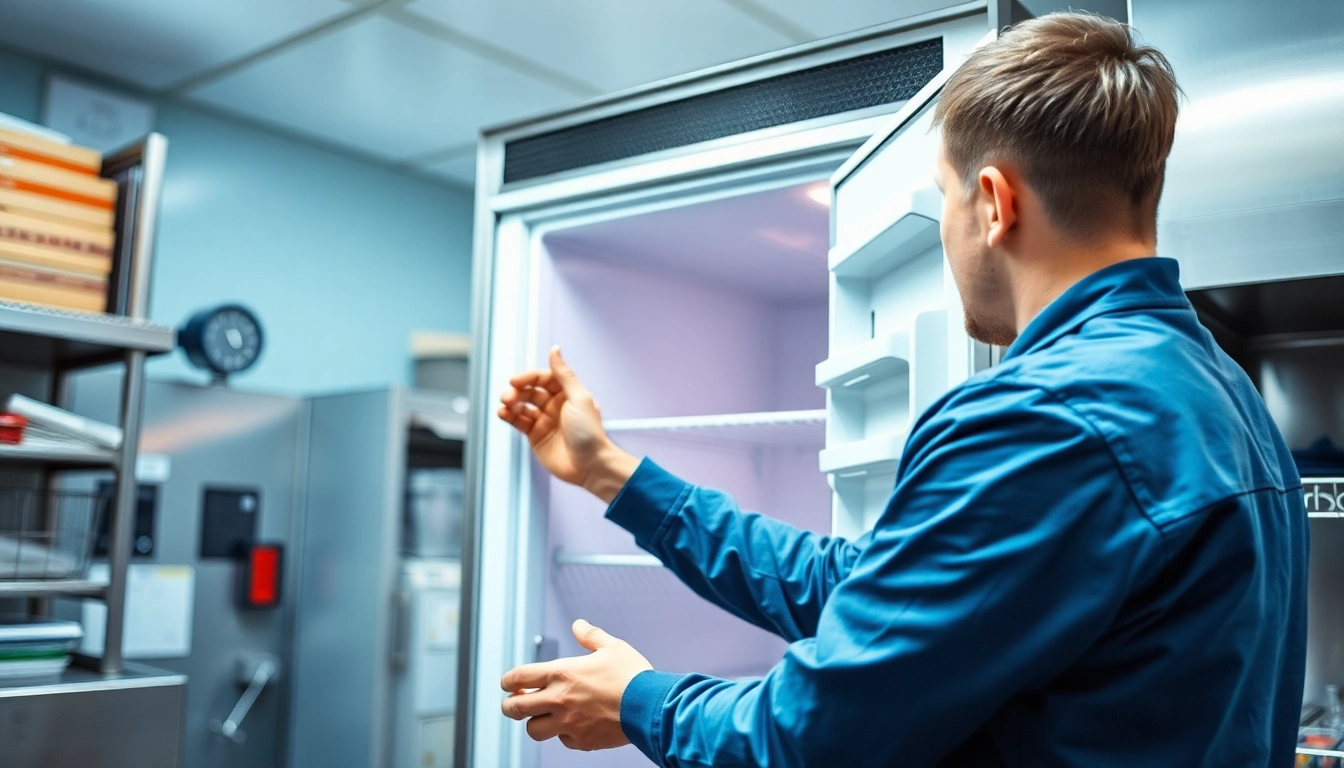




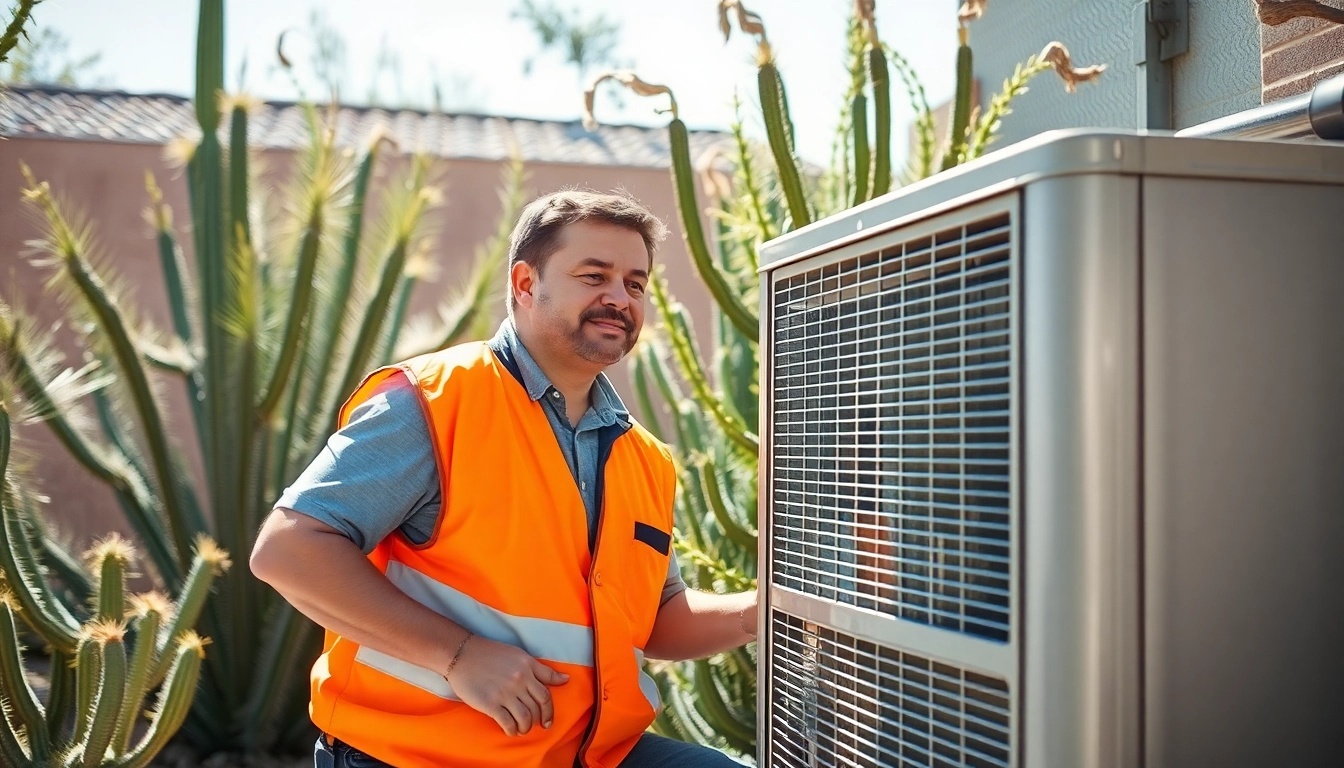
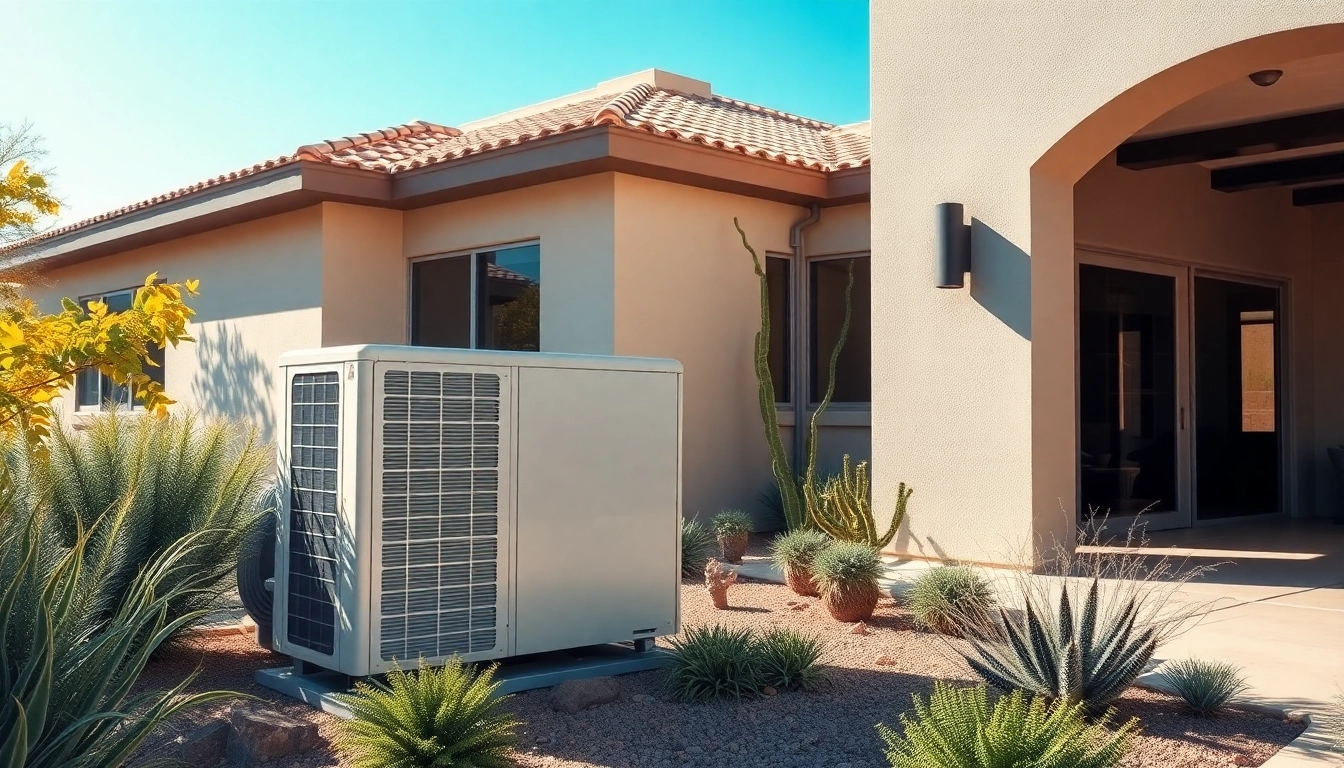


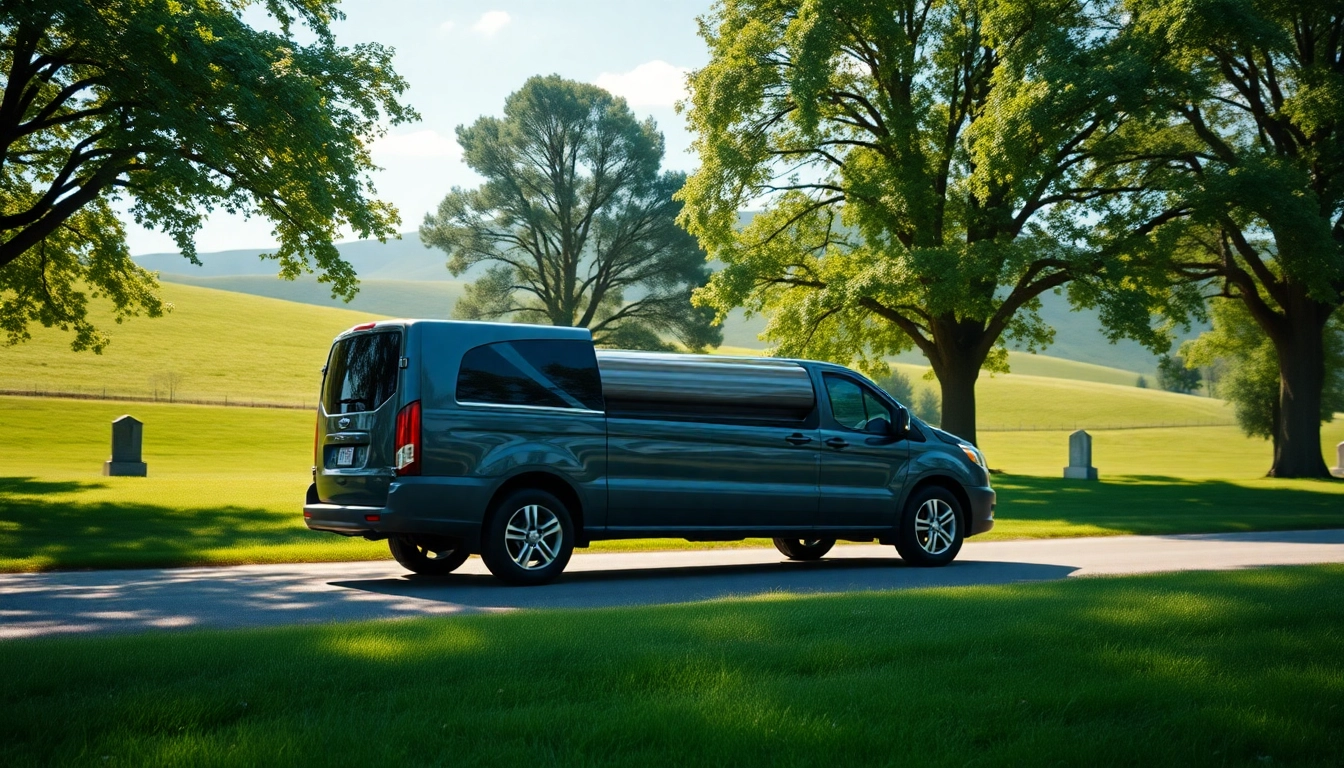


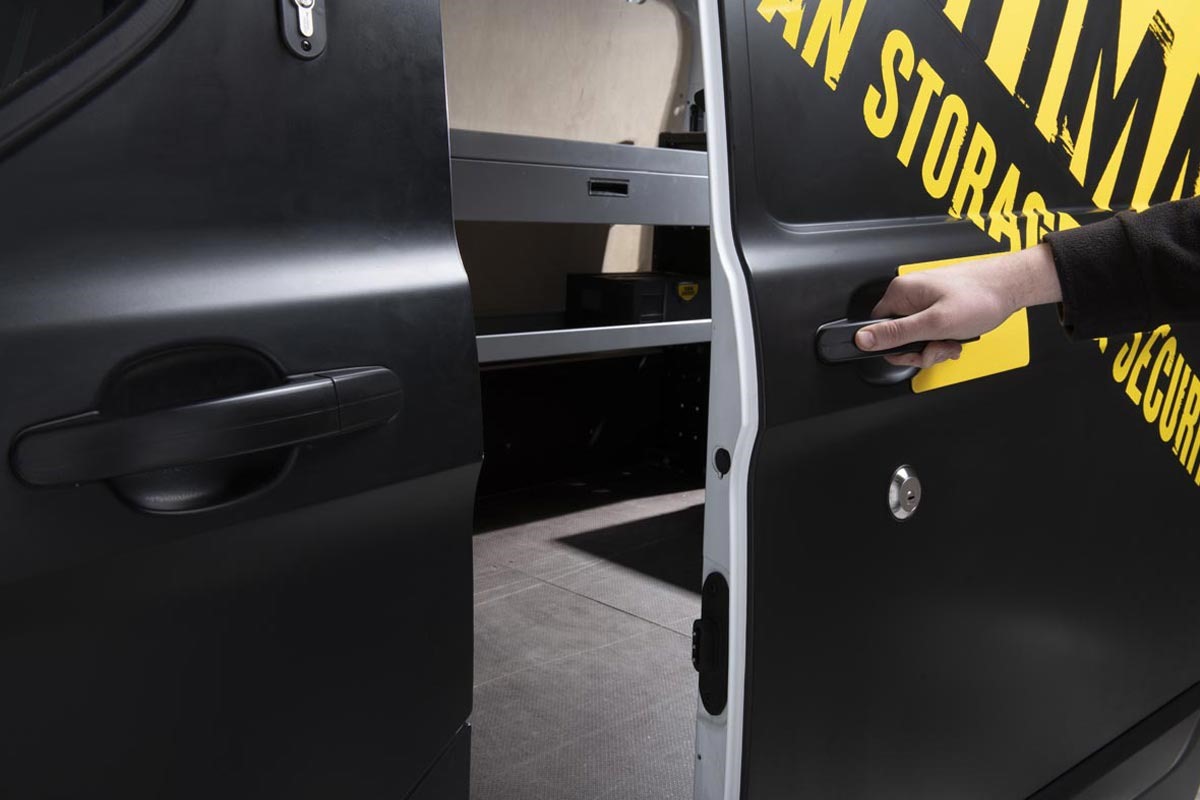


Leave a Reply